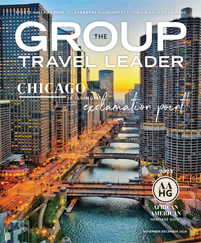Groups will love trying to puzzle out which food item stood for each of these slang words often used in traditional diners by wait staff and cooks. See how many your group can solve!
If you have any games you would like to share or have any issues uploading any of them, please email eliza@grouptravelleader.com.
Click here for more group games.










